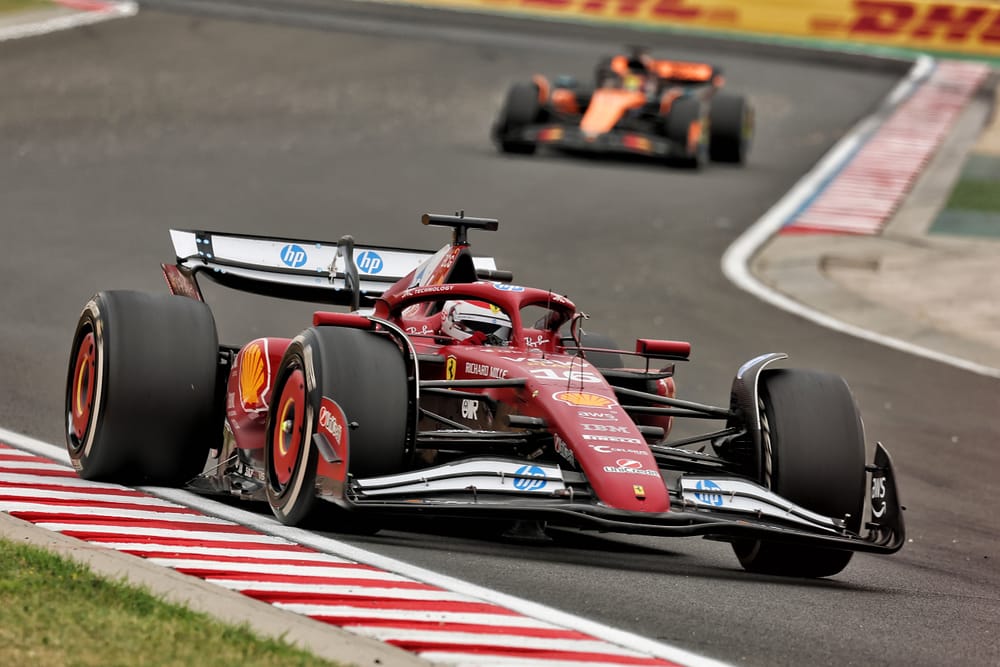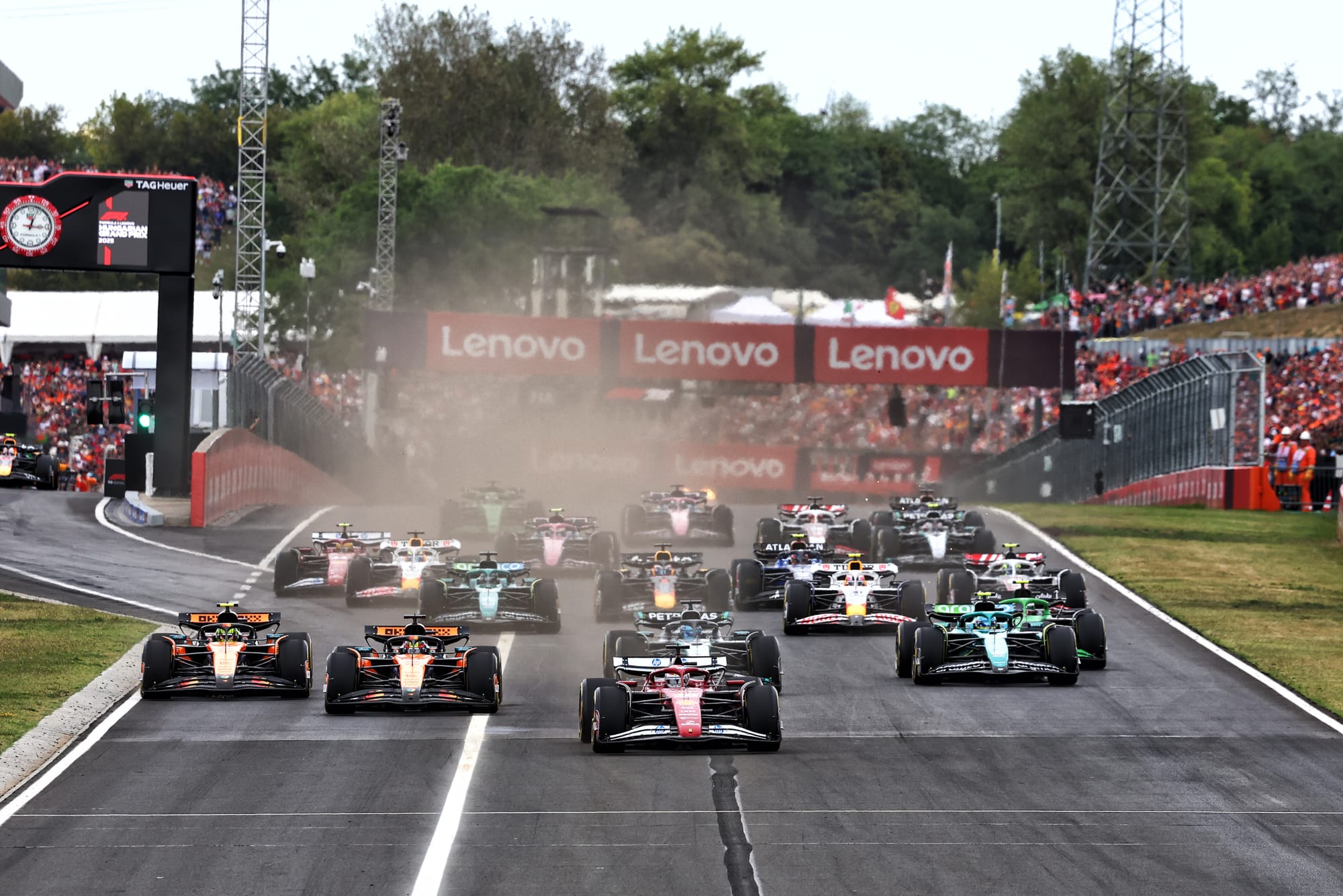The way that Charles Leclerc's hopes of victory in Formula 1's Hungarian Grand Prix were derailed - by a poor final stint that Ferrari labelled a "disaster" - has prompted a great deal of intrigue.
Having appeared to have things under control in the early stages of the race, when he held Oscar Piastri at bay and prevented McLaren's attempts at an undercut, Leclerc's frustrations boiled over as he came home a disappointed fourth.
That dramatic collapse, and his anguished radio messages, led to questions about what had gone wrong - but there was no obvious explanation from Leclerc about what had happened. Post-race he retracted his complaints but provided no detail on the "chassis" problem he said he'd been informed of after the finish, something he said was not visible on the team's data so could not have been explained to him mid-race.
What has made chasing an answer even more difficult is that the symptoms of the issue kept changing, so it became something of a moving target to try to explain.
As Leclerc put it: "It wasn't very consistent. But basically every corner it was doing something different."
After the race, team principal Fred Vasseur said Ferrari was at a loss for a definitive explanation.
"The situation was quite strange," he explained. "We were under control for the first 40 laps of the race. We were in control for the first stint, a bit more difficult for the second one, but it was still manageable. The last stint was a disaster, very difficult to drive.
"The balance was not there. Honestly so far we don't know exactly what's happened. We have to investigate if we have something broken on the chassis side or whatever. At one stage I thought that we would never finish the race."
Ferrari's early ideas
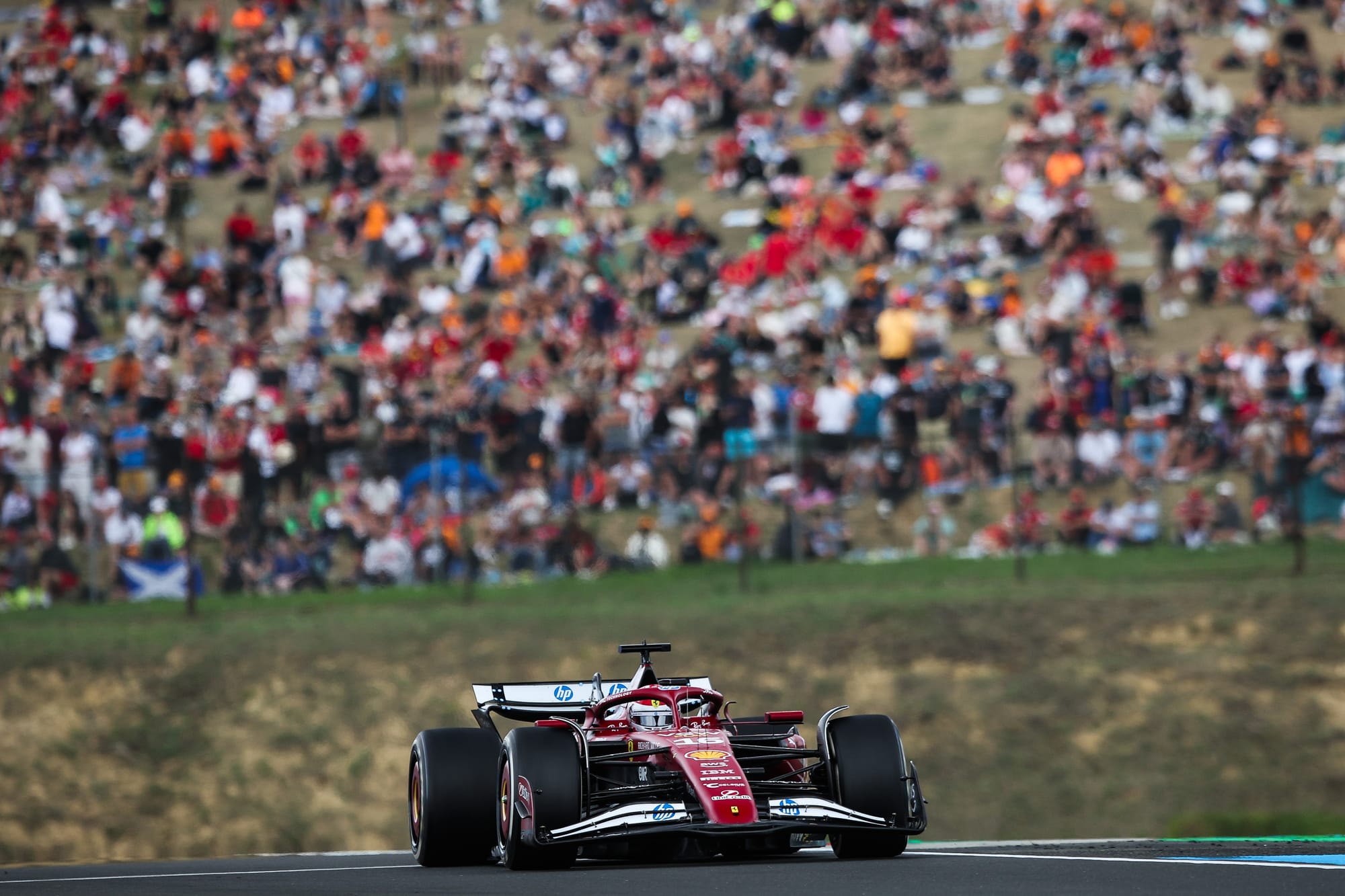
Some theories about what had happened, triggered by radio chatter during the Hungaroring race, were quickly ruled out of being connected to what happened in the final stint.
Leclerc said at one point: "We've lost all competitiveness. You just have to listen to me. I would have found a different way of managing those issues. Now it's just undriveable, undriveable."
Vasseur later explained that these remarks were nothing to do with the end-of-race issues but were more about battery deployment in the bid to keep Piastri behind.
"It was a completely different story about energy management," said Vasseur.
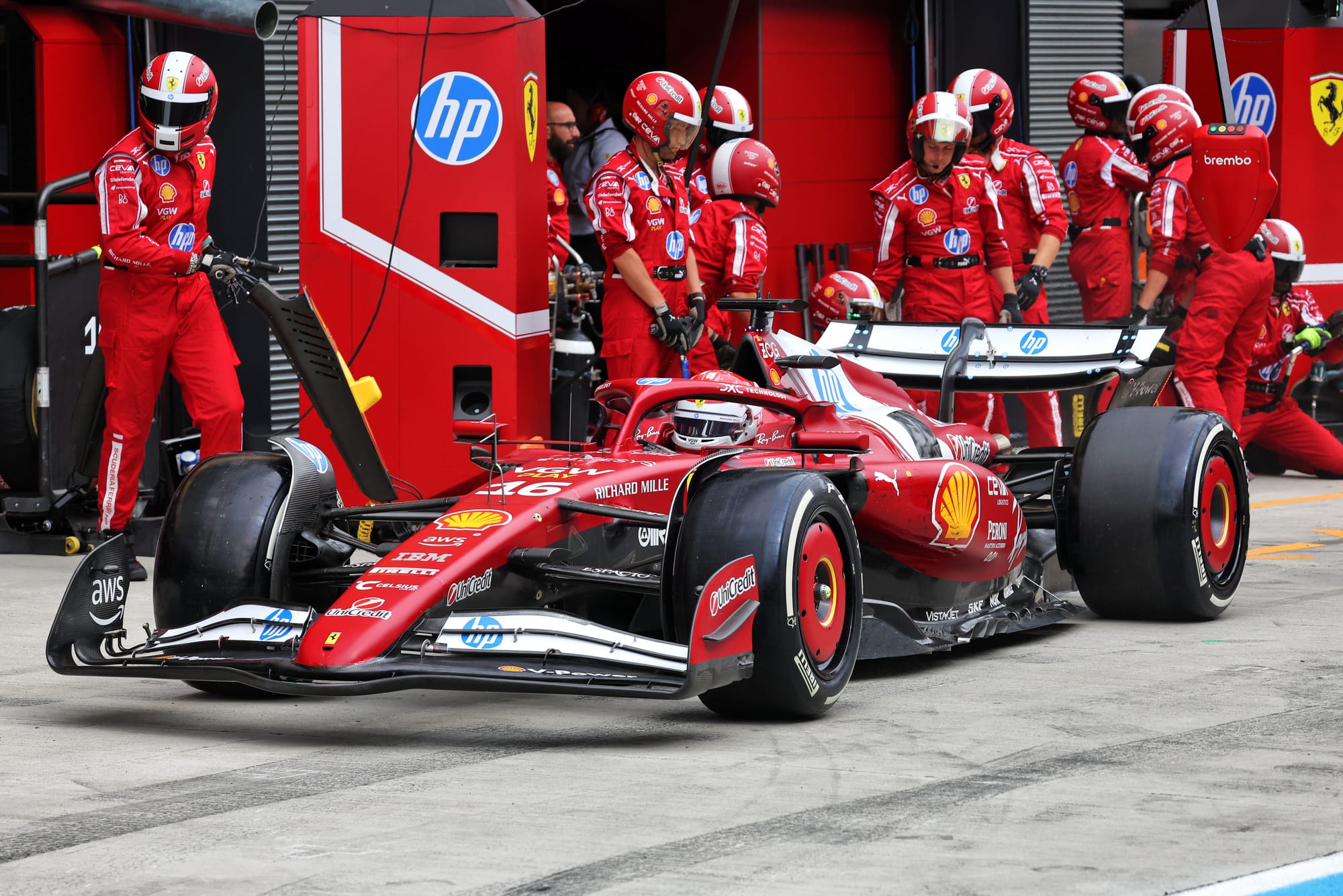
Ferrari also denied that there had been any impact from changing Leclerc's front wing settings, which teams use to adjust a car's balance during a pitstop, at his final stop. Leclerc said that had been his initial suspicion when he found the car behaving differently in the last stint.
Instead, the instant loss of grip caught everyone by surprise and there was no obvious reason for it from telemetry data.
Vasseur added: "I think on the first lap of the last stint he lost something like one second.
"He asked us if we didn't do a mistake on the front wing when we adjusted the front wing, but we did not. We completely lost the pace.
"Perhaps it's a bit of a snowball effect, but I think from lap 38 to 43 we lost at least eight tenths."
The plank theory
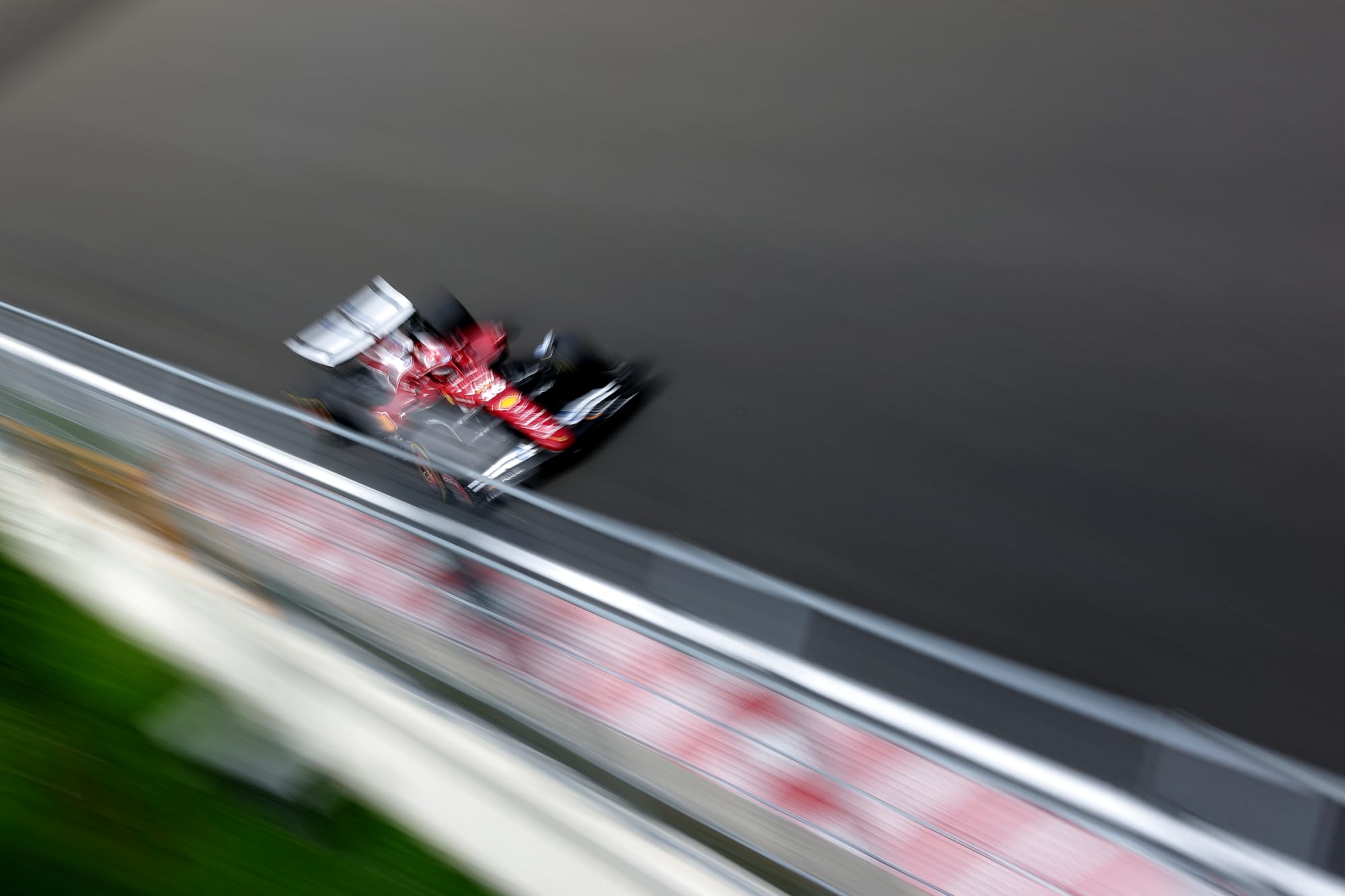
One of the well-known headaches that Ferrari has faced this season is managing its ride height to avoid its plank wearing away in races.
Failure to keep on top of this issue triggered Lewis Hamilton's disqualification from the Chinese GP and forced Ferrari to adopt a more conservative approach to its settings at subsequent races to avoid repeat trouble.
While the team has avoided further disqualifications, this doesn't mean this particular challenge has gone away, and there have been a number of occasions where it has had to actively manage the situation.
This has meant the drivers either needing to change lines to avoid riding over bumps, or even lift and coast at the end of straights to reduce speed and prevent downforce peaks pushing its floor down onto the track.
It has also been suggested that, as a further counter measure to keep its plank wear under control, as the fuel comes off the car and the speed increases (so the downforce levels go up), the team needs to increase tyre pressures for each stint.
This is what has triggered some strange pace drop-offs earlier in the year - such as in Spain.
After Sunday's race, Mercedes driver George Russell - who snatched the final podium spot from Leclerc early on - suggested this may have been a factor in Hungary.
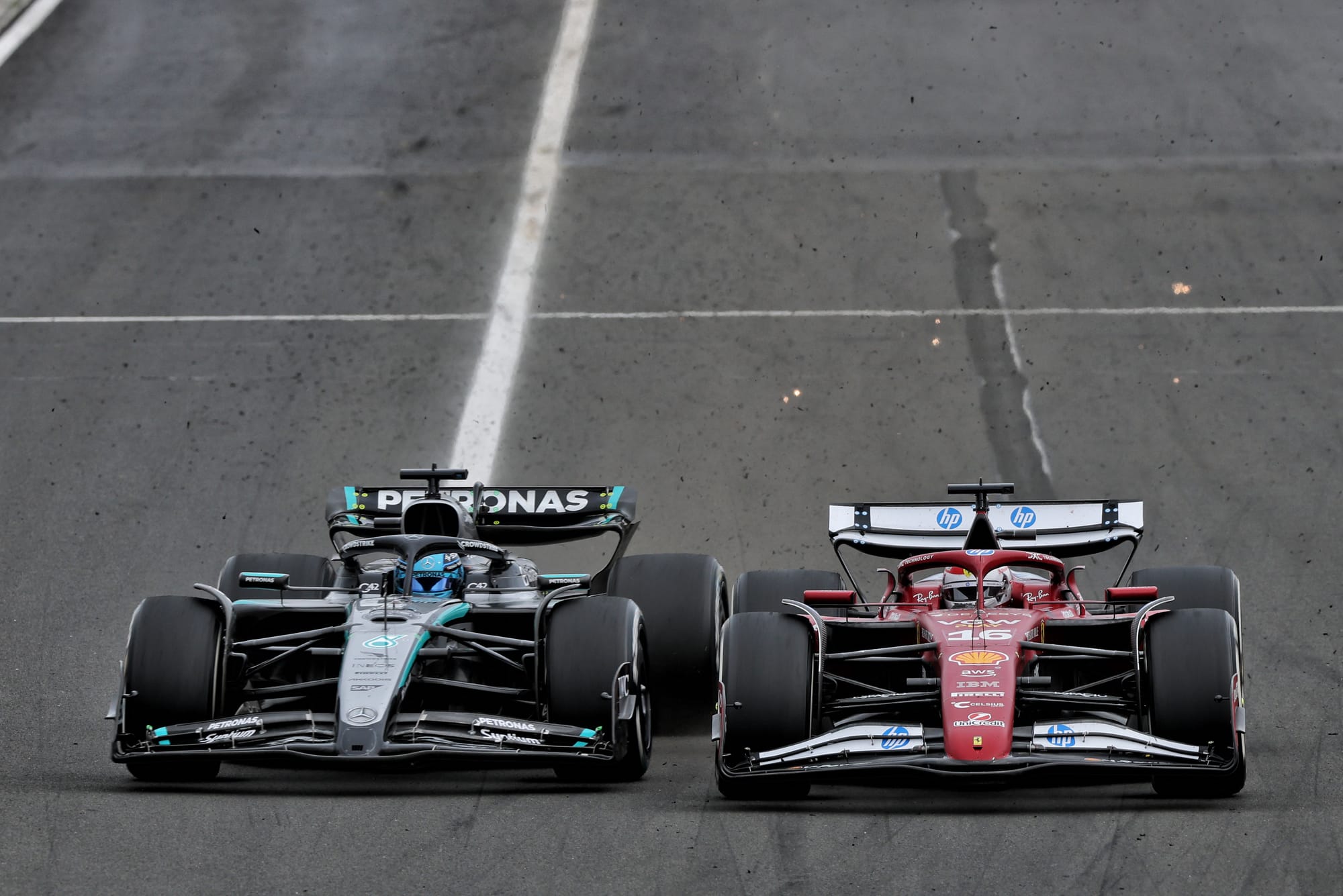
Speaking to Sky Sports F1 about why he reckoned Leclerc had been caught, Russell said: "The only thing we can think is that they were running the car too close to the ground and they had to increase the tyre pressure for the last stint.
"They were using an engine mode which makes the engine slower at the end of the straight, which is where you have the most amount of plank wear."
Vasseur conceded that while this factor had influenced form at some races this year, the scale of such a deficit is just a fraction of what it lost in Hungary.
"[Before] when we lost the pace we lost two or three tenths," he said. "Today we lost two seconds. A bit different."
Chassis rather than engine
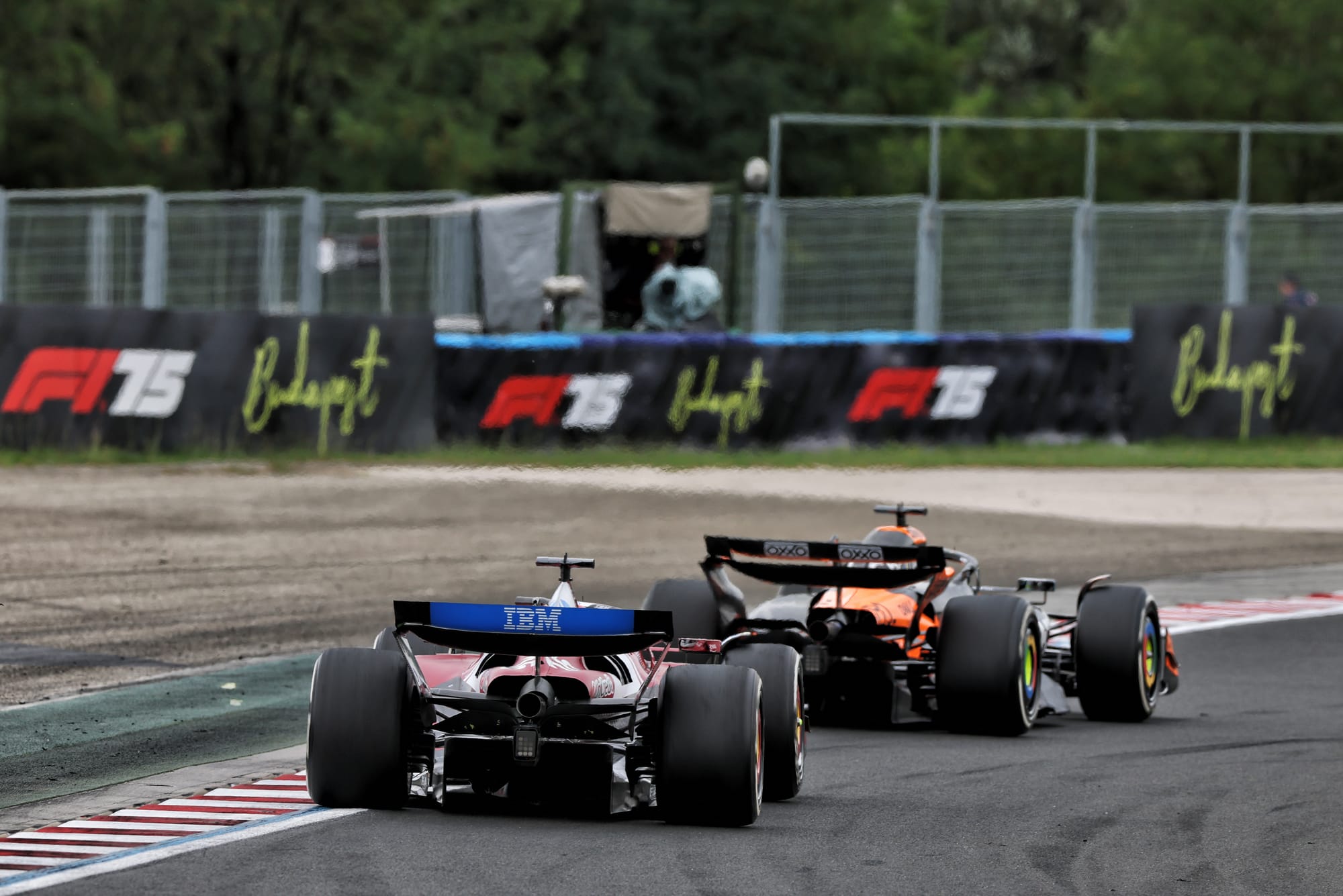
While a detailed explanation has not been forthcoming yet, the focus is very much on it being a car problem as opposed to anything power unit-related.
This is why Leclerc used the word "chassis" in his post-race remarks to the media as a general remark, rather than it being an actual broken monocoque.
As Vasseur later clarified: "When he says chassis, it's because it has nothing to do with the power unit. Now we don't know exactly what happened."
The most likely explanation remains that something broke in the car and that triggered a loss of grip, which then manifested itself in the tyres sliding and overheating and the balance being derailed as a result.
But it may take a deep dive back at Ferrari's Maranello base to fully understand things.


